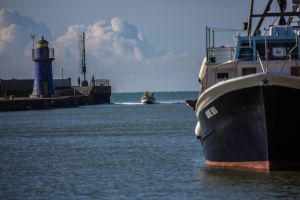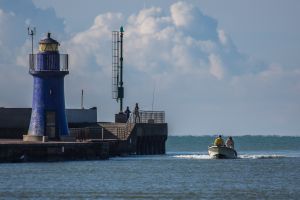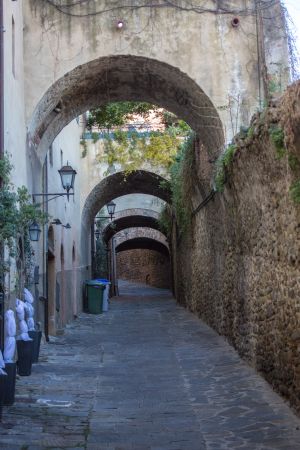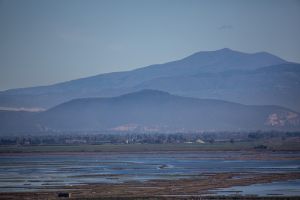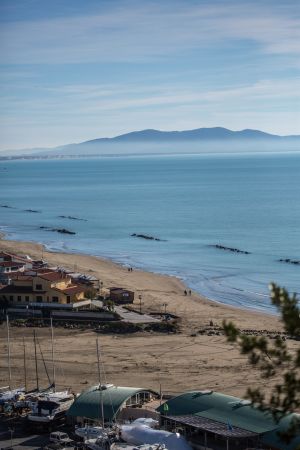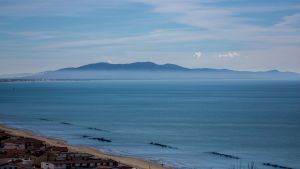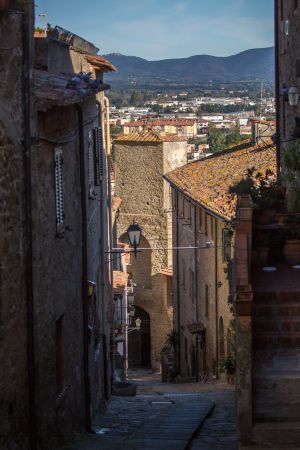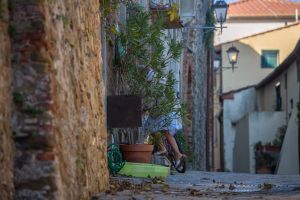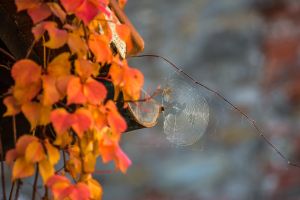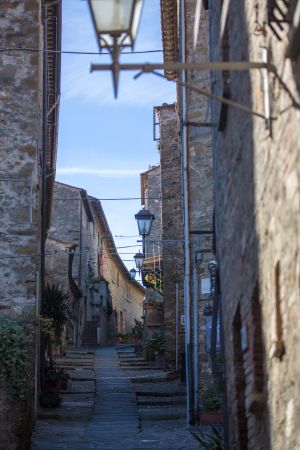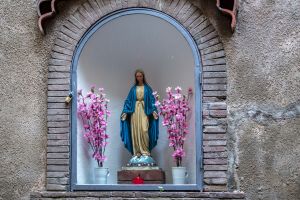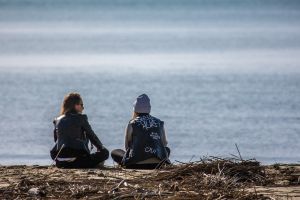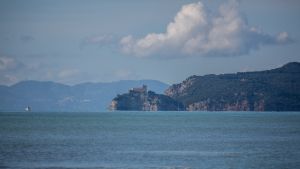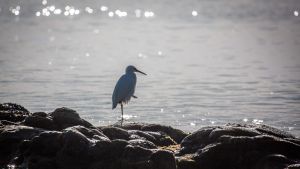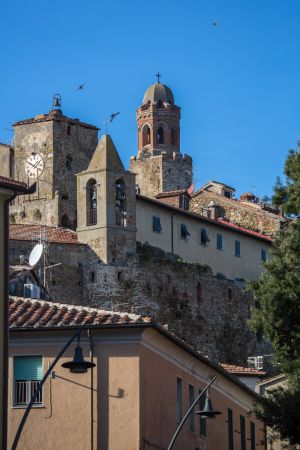Castiglione della Pescaia
Castiglione della Pescaia [kastiʎˈʎone della pesˈkaja], regionally simply abbreviated as Castiglione, is an ancient seaside town in the province of Grosseto, in Tuscany, Italy. The modern city grew around a medieval fortress (Italian: castello) and a large fishery, from which it acquired its designation. Today Castiglione is known mostly for its beaches, a vibrant nightlife, its nature, but also its majestic fortress and the uncontaminated natural reserve Diaccia Botrona, a swampy humid environment hosting unique wildlife, e.g. flamingoes, mallards and ducks.
Quelle: Wikipedia
It has become a centre of international tourism and in 2014 it ranked 4th among the most visited destinations in Tuscany,[1] with approximately 1.3 million tourist arrivals, only preceded by Florence, Pisa and Montecatini Terme. It is interesting to notice how Castiglione is not only the first seaside destination in Maremma, but it is also the first in Tuscany. Strangely, although Castiglione is extremely popular among German, Dutch, Russian and French tourists, it is not particularly known by the British, so much that the British online newspaper The Telegraph described Castiglione's annexed fraction, Punta Ala, as a corner of Tuscany the British haven't found.[2] Due to its popularity, but also its cleanliness and high environmental standards, Castiglione is often referred to as the Switzerland of Maremma, diversifying itself from other seaside towns by a refusal to turn itself into an industrialised commercial destination, prioritising the nature and its wildness. These efforts were rewarded as Castiglione, as mentioned above, is the most popular seaside town in Tuscany.
Castiglione's crystalline sea has been repeatedly nominated as Italy's best sea by the national non-governmental environmentalist organisation Legambiente. This happened to be the case in the most recent edition of the awards too, in 2015
Geography
Castiglione della Pescaia consists of a High City built on the hill that ends a chain of hills towards the sea, and of a Low City at the foot of the High City, straddling the drainage canal and marina that form the central part of town.
Castiglione is located in the South-Western portion of Tuscany, with a gorgeous view of the islands of Elba and Giglio, and of the promontory of Argentario. The hills that back the city slope into beautiful beaches that front the town in its entirety.
To the East of Castiglione is the rich floodplain of the Ombrone. Nothing much remains of the ancient lake Prile that used to be Castiglione's lifeblood.
History
While Umbrians and Etruscans were most likely the first inhabitants of its location, Castiglione della Pescaia was first recorded under the name Salebrone in Roman times. The hill close to the coast proved to be an excellent location, as it dominated the sizable inland Prelius Lake, while the lake itself provided food (fish) and trading goods (salt).
In Medieval times, the city suffered from repeated pirate attacks and almost disappeared. It resurfaced in the 9th century AD under its current name, under joint protection of the Papacy and the Republic of Pisa.
The Pisans used Castiglione as a key element in their system of defence along the Tyrrhenian coast. They built first a single tower on top of the hill, later expanded that to three towers joined by a wall that became the nucleus of the citadel. The three towers of Castiglione dominate the city seal to this day.
In the 13th century, Castiglione became an independent comune. Meanwhile, the river Ombrone had started silting up Lake Prile, which soon became a lagoon. In this newformed lagoon, malaria mosquitoes took hold, weakening the population of Castiglione. The city requested protection from various powers (Siena, the Medici, Aragon) and finally became part of the Grand Dukedom of Tuscany under the dynasty of Lorraine.
The house of Lorraine started a series of projects that greatly enhanced the lives of Castiglionesi. The swamps were drained over decades, increasing the amount of arable land, as well as killing off the malaria carrying mosquitoes.
After Tuscany became part of Italy in 1859, Castiglione became a comune in the province of Grosseto.



